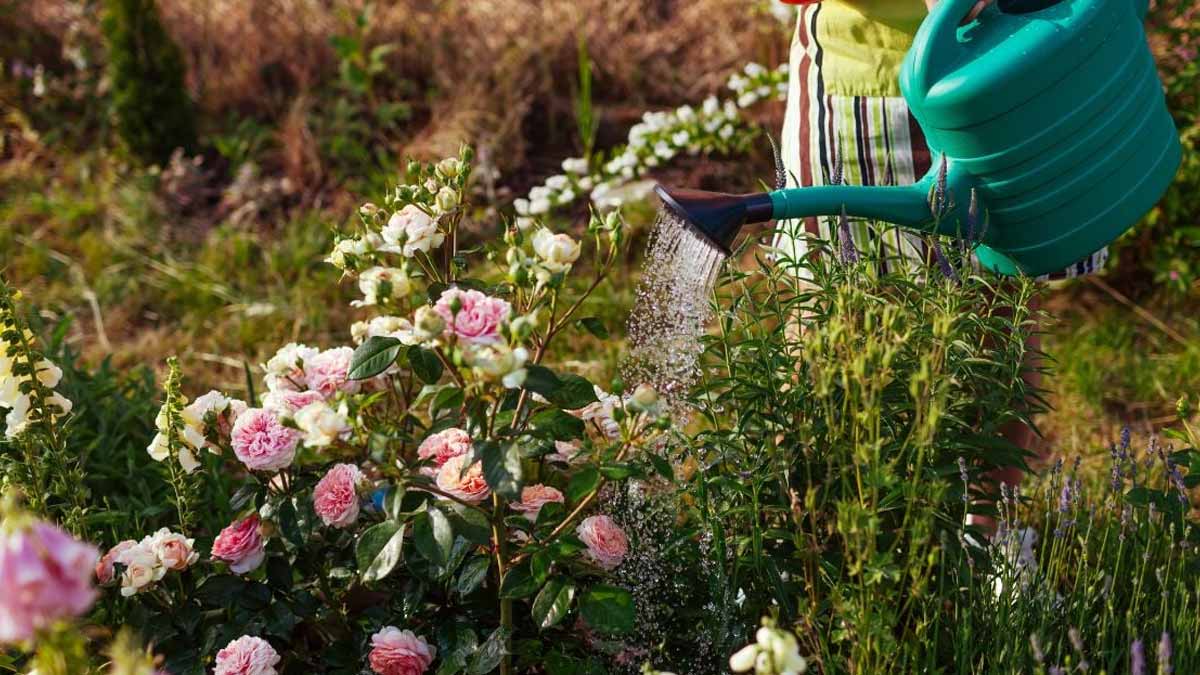Banned plant Europe just jumped from rumor to reality, and it touches home gardeners directly. Himalayan balsam had its moment fast growth, flashy blooms, easy charm. As of August 5, 2025, that chapter closed across the European Union. The goal is simple: protect living places that can’t speak for themselves. Let’s look at what changes, and how to garden with a clearer conscience.
Banned plant Europe
Beauty isn’t a free pass when a plant steamrolls the neighbors. Himalayan balsam grew fast, seeded faster, and crowded out quieter species that held the soil and fed the food web. Riversides turned to monoculture carpets, pink for a season, bare by winter. The ban isn’t a scold; it’s a brake. It stops fresh plantings and slows the constant hop from garden to wild ground. That’s the spirit behind banned plant Europe: reduce new introductions and give space back to native communities. Many of us bought it for the flowers, not the fallout. No shame, just a better path forward. Nurseries and marketplaces have cleared their listings. Stock is destroyed, not discounted. Swapping cuttings now counts as an offense, even with good intentions. Gardeners are asked to pull young plants and watch for sneaky regrowth. It’s a cultural shift, and a healthy one.
Why one plant took over so easily
Balsam doesn’t tiptoe. It shoots up, blocks light, and drinks first. Seed pods snap and fling new life meters away. A flood carries seeds farther, and the cycle accelerates. In spring, a few sprouts look harmless. By midsummer, you’ve got a crowd. Wetlands, riverbanks, and shaded wood edges feel it most. Native flowers fade, insects lose a buffet, and birds follow the scarcity. Soil suffers too. When the stand collapses in winter, bare ground erodes. We pay for that downstream. The story sounds dramatic because it is. That’s why banned plant Europe matters beyond garden fences. It’s not about punishing taste. It’s about putting the brakes on a spread we can’t manage once it catches the wind. You can still love bold color and shape. You just pick it from plants that play nicely with others.
How to spot trouble early
Your best defense is a gardener’s glance that lingers. Scan for those translucent, juicy stems and orchid-like flowers in shades of sugar pink. Look where moisture hangs around: ditch lines, pond edges, shady corners near the hose. A sudden sweep of the same bloom where variety once lived is a red flag. Touch a ripe pod and it explodes like a spring, seeds everywhere. That’s your cue to act. Pull before they pop. Bag the plants, roots and all, and bin them no compost. Check again after rain; new seedlings love soft soil. Keep kids and pets back while you work. Wash your gloves and tools so you don’t carry seeds to the herb bed. Report larger patches along waterways to local teams if that’s required where you live. Small habits add up. They support the intent behind banned plant Europe without turning gardening into a police job. You’re just keeping balance in your square of the world.
Safer choices that still look gorgeous
You don’t lose beauty when you lose balsam. You gain control. Start with natives that know your climate. Oxeye daisy lights up borders without swallowing them. Sage hums with pollinators and holds its manners. Lavender invites bees and keeps the air calm at dusk. Meadow mixes bring a long season of color and food for life on six legs. If you love drama, try tall verbena or a stand of foxgloves. They rise, glow, and then step aside. Match the plant to the place. Sun lovers in sun. Feet that need drainage on a gentle mound. Water with intent, not habit. While you’re at it, support the ban by skipping shady online sellers. Ask for provenance at the garden center and read labels with a slower eye. That’s how banned plant Europe becomes everyday practice, not just a headline. You’re cultivating a garden that gives back more than it takes.
What to do if you already have it
Don’t panic. Act with care and be done with it. Pull seedlings by hand after rain when the soil is soft. For larger clumps, loosen the ground with a fork and lift the whole crown. Bag everything tight and send it to the bin stream your area recommends. Keep an eye on the patch for a couple of seasons. Seeds linger. A second sweep catches the stubborn ones. If you manage land near water, check the local rules before you start. Some places want records or coordinated removal along a stretch, so the effort sticks. Pros and municipalities are adjusting too rewriting planting lists, training teams, updating sites. The ban includes sales, swaps, and gifts. That closes the back door. Research exemptions may exist in tightly controlled settings. The rest of us focus on prevention, not cures. That’s the heart of banned plant Europe at home scale, calm action, patient follow-up, and better choices waiting in the wings. The garden stays lively. The river runs clearer. Everyone wins a little, season by season.
